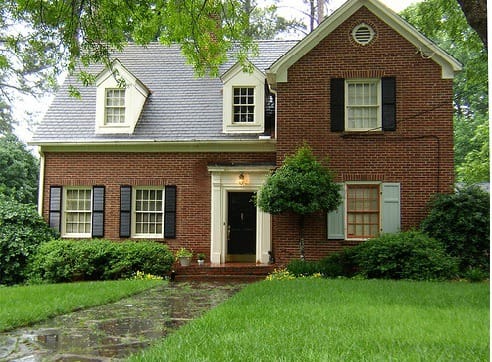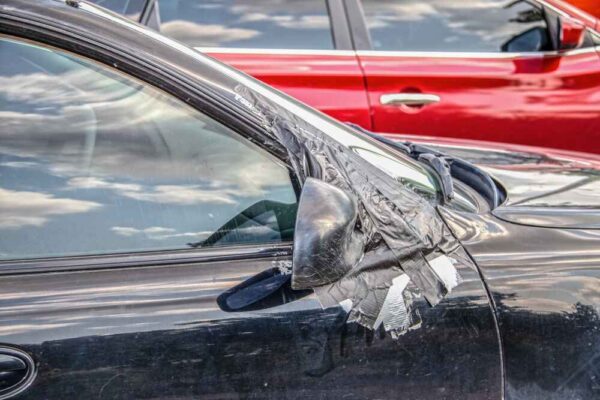
Insurance For Older Homes
Older homes have many obvious benefits to the buyer; they are charming, have character, provide a well-established neighbourhood that tend to be closer to the centre of town and all of its amenities. But how is insurance for older homes different? If you are in the market for an older home, there are a few things you should be aware of before it comes time to sign on the dotted line.
Plumbing
When looking at an older home, it is important to have the plumbing inspected. Galvanized steel plumbing is commonly found in homes built prior to 1950, and it only lasts 40 to 50 years. These older pipes rust or corrode over time and will eventually leak or rupture which could cause water damage to the home. These older pipes should have all been replaced by the millennium. Should you find a home with galvanized steel, you may be required to replace it with copper and plastic. Otherwise an insurance company may refuse to insure your home leaving you in a risky situation. Even if you are able to have your home insurance it is important to remember that water damage caused by leaking or seepage from a pipe is not covered, as it is considered negligent on the home owners behalf.
Knob and tube wiring
Depending on your age, you may not even know what this is exactly. However, it still does exist in some older homes. Installed in houses up until the 1950’s, it has been found that this wiring does not have the capacity to meet the electrical needs of today’s families. It is considered a higher risk as the wires are not grounded, and they are susceptible to wear and exposure. Most insurance companies will require this wiring be replaced with a more modern electrical system.
60-amp electrical service
This once common service is now considered outdated and even dangerous as our electrical demands may cause it to become overused and overheated. Most homes today require at least 100-amp service and many are built with 200-amp service in order to adequately operate our modern conveniences – multiple computers, TV’s, the stove, washer and dryer and air conditioning units. From an insurance standpoint, these 60-amp services carry a lot of risk and to avoid insanely high premiums, they should be replaced.
Wood burning stoves
Everyone loves a wood burning fire, but your insurance company sure doesn’t. They may require you have your stove inspected to ensure it is properly installed, has the up-to-date safety features in place, and is well maintained. In Ontario you will often be required to have a Wood Energy Technology Transfer (or more commonly referred to as a WETT) inspection done on any wood burning appliances. Even after an inspection you should have your wood burning appliances along with your chimney cleaned and checked annually before each year’s insurance renewal.
Oil tank
A house with an oil tank does not automatically mean you will have to replace it. However, if the tank is 25 years old or more, it is considered antiquated and is vulnerable to rust, deterioration and possible leakage. Oil leaks are very dangerous and are extremely costly for the home owner to clean up, so an older tank will have to be replaced. If the oil tank is newer, it just may need to be inspected for home insurance purposes.
Owning your own home is one of the biggest and best investments you will make in your lifetime. Older homes full of comfort and character have a lot to offer a family, as long as you understand that you may need to do some upgrades in order to bring that home up to today’s standards. As much as it may cost to do this, it will save your wallet down the road with cheaper insurance premiums, helping protect your biggest asset for less.
You Might Want to Read
June 15, 2025
Sideswipe Collision: Who Is at Fault in Sideswipe Accidents?
June 15, 2025
Least Depreciating Cars in Canada
June 5, 2025
Welcome to the Team Keyes Insurance


